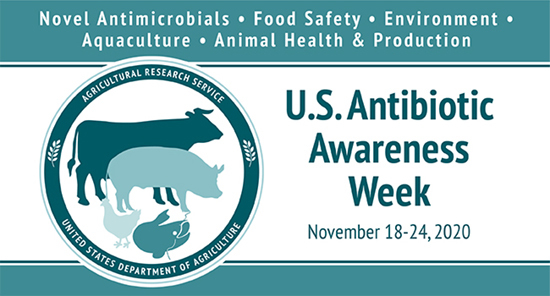|
Monday, November 23, 2020
Compound from Soil Bacterium Gets Reboot as Antibiotics Super Booster
Subscribe to:
Post Comments (Atom)
Page List
Blog Archive
- November 2024 (1421)
- October 2024 (2862)
- September 2024 (2667)
- August 2024 (3156)
- July 2024 (3241)
- June 2024 (3107)
- May 2024 (3196)
- April 2024 (3104)
- March 2024 (3192)
- February 2024 (3006)
- January 2024 (3261)
- December 2023 (3176)
- November 2023 (3188)
- October 2023 (3191)
- September 2023 (2961)
- August 2023 (3120)
- July 2023 (3024)
- June 2023 (3042)
- May 2023 (3205)
- April 2023 (3030)
- March 2023 (2986)
- February 2023 (2584)
- January 2023 (2694)
- December 2022 (2745)
- November 2022 (2899)
- October 2022 (2916)
- September 2022 (2970)
- August 2022 (2981)
- July 2022 (2814)
- June 2022 (2759)
- May 2022 (2768)
- April 2022 (2692)
- March 2022 (2851)
- February 2022 (2550)
- January 2022 (2715)
- December 2021 (2641)
- November 2021 (2745)
- October 2021 (2836)
- September 2021 (2847)
- August 2021 (2756)
- July 2021 (2572)
- June 2021 (2738)
- May 2021 (2579)
- April 2021 (2698)
- March 2021 (2789)
- February 2021 (2532)
- January 2021 (2617)
- December 2020 (2664)
- November 2020 (2637)
- October 2020 (2824)
- September 2020 (2745)
- August 2020 (2704)
- July 2020 (2749)
- June 2020 (2669)
- May 2020 (2199)
- April 2020 (4060)
- March 2020 (5898)
- February 2020 (6963)
- January 2020 (7455)
- December 2019 (10)
Search This Blog
USAO - California, Southern News Update
Offices of the United States Attorneys You are subscribed to USAO - California, ...

-
View Images Library Photos and Pictures. Как сделать усилитель сигнала сотовой связи своими руками Усилитель 3G сигнала своими руками Антен...
-
Download Images Library Photos and Pictures. 3 Graduation Invitation Letter Sample Invitation Letter Sample Invitation Letter To Friend For...




No comments:
Post a Comment